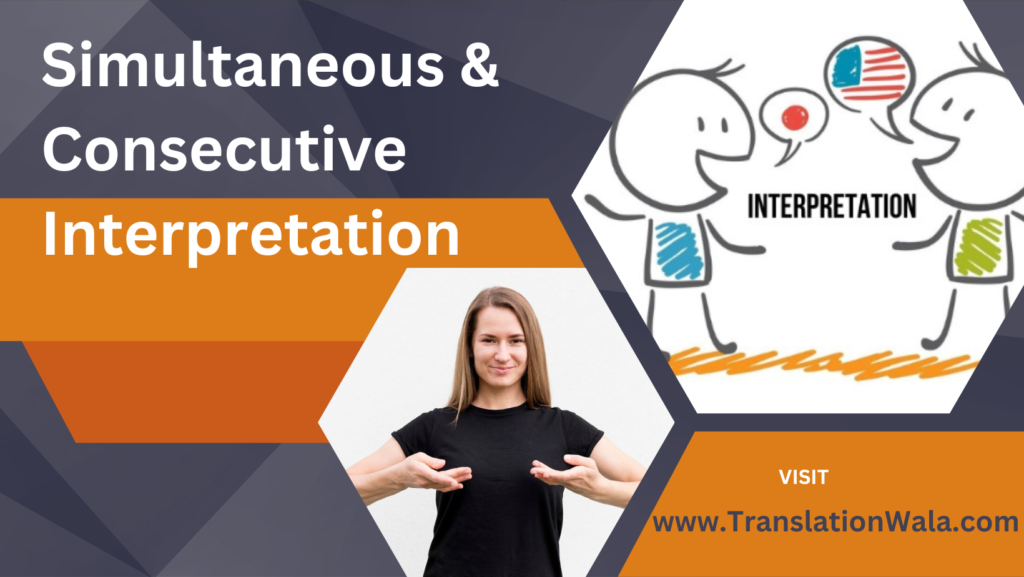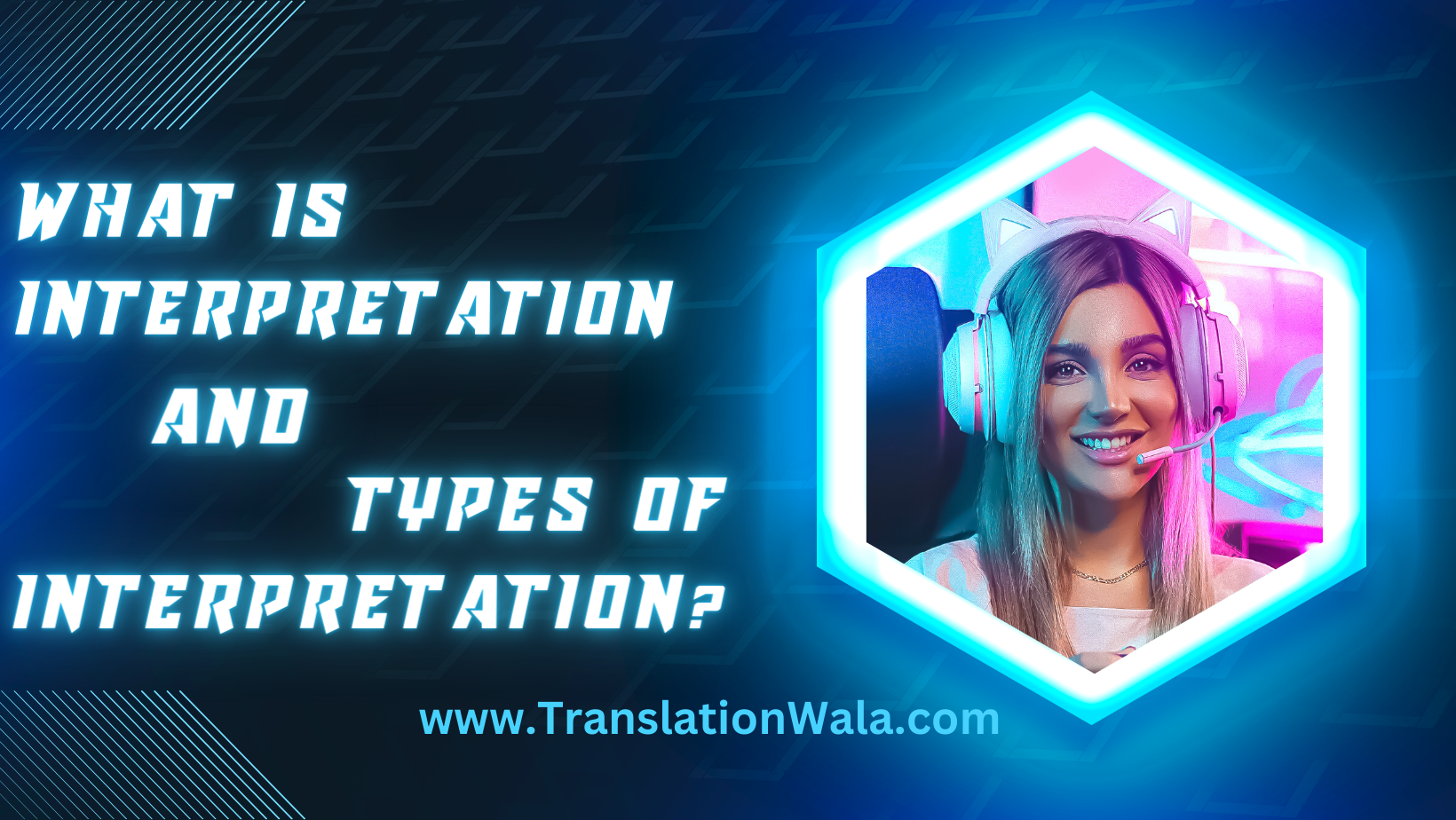The act of interpreting is to explain or translate something, especially spoken words, from one tongue to another. It is a difficult job that needs a deep understanding of both the source language and the target language, as well as the cultural background of the conversation.
Interpretation is used in a variety of settings, including:
- Business meetings and conferences: Interpreters help businesses talk to their customers and business partners from other countries.
- Legal proceedings: Interpreters make sure that everyone involved in a court case can understand what is going on and take part fully.
- Medical appointments: Interpreters help patients talk to their doctors and other people who work in the medical field.
- Educational settings: The job of an interpreter is to help students learn in a language they can understand.
- Community events: People from different countries can talk to each other better with the help of interpreters.
Also Read : What is Transcription and Types of Transcription?
Types of Interpretation

There are two main types of interpretation: simultaneous and consecutive.
Simultaneous interpretation is the process of translating spoken words from one language to another as the person is speaking. This is a very hard job because the translator has to be able to listen to the speaker, understand what they are saying, and translate it into the target language at the same time. Interpreters who work at the same time usually work in pairs so they can take turns speaking and taking breaks.
Consecutive interpretation is the process of translating spoken words from one language to another after the speaker is done. The translator writes down what the speaker says, and then translates those notes into the language of the audience. Consecutive interpretation is easier than simultaneous interpretation, but it can take longer because the person needs to stop talking so the translator can explain.
In addition to simultaneous and consecutive interpretation, there are also a number of other specialized types of interpretation, such as:
- Whispered interpretation: This type of interpretation is used in small groups or one-on-one talks where synchronous explanation is not possible or useful. The translator speaks the translation into the ear of the person who is listening.
- Sign language interpretation: People who are deaf or hard of hearing use this kind of explanation. The translator takes what is said and turns it into sign language.
- Machine translation: For this kind of translation, software is used to translate spoken words from one tongue to another. Machine translation isn’t perfect, but it’s getting better and better and can help you translate a lot of text or voice.
How to Choose the Right Type of Interpretation for Your Needs

When picking a type of reading, you should think about what you need and how much you can spend. Simultaneous explanation is the best choice if you need a translation of spoken language in real time. But if you don’t have a lot of money or only need a small amount of text or voice translated, consecutive interpretation or machine translation may be better choices.
If you’re not sure what kind of explanation you need, it’s always best to talk to a trained translator. They can help you figure out what you need and which kind of reading is best for your job.
Also Read : How To Grow Business In India With Language Translation?
Interpretation offers a number of benefits, including:
- Communication: People from different countries can talk to each other better with the help of interpretation. This can help people understand each other and work together better.
- Accessibility: Interpretation can help people who don’t speak the same language get information and services. This can help make people’s lives better and give them more chances.
- Inclusion: People can feel more like they belong in their groups and in society as a whole when they understand how things work. This can lead to a more united and peaceful society.

Here are some additional tips for using interpretation successfully:
- Choose a qualified interpreter – When looking for an interpreter, it’s important to make sure they have the right training and experience. Look for a translator who has a certificate from a professional group like the American Translators Association (ATA).
- Brief the interpreter – Before the interpretation starts, give the translator a quick summary of what will be talked about. This will help them get ready and give the best version they can.
- Provide clear instructions -If you want the translator to use a certain word or phrase, make sure to tell them before the reading starts..
- Be patient – Interpreting is a hard job, and it may take a few seconds for the translator to explain a few words or phrases. Be calm and give the translator time to finish their job.
By following these tips, you can help to ensure that your interpretation is successful and that everyone involved is able to communicate effectively.
Conclusion
Interpretation is a useful tool that can help make conversation, access, and inclusion better. If you know about the different kinds of interpretation and what they can do for you, you can choose the best kind for your needs.



